It was largely dull and overcast at the Teagasc national beef open day this week. However, farmers had a pep in their step with many basking in the sunshine of record weanling and beef prices.
There was a view that these record prices are now the new norm – reinforced by the fact that most of the Teagasc modelling on the economics of the various production systems assumed a base price of €5/kg – a 25% increase on the base price used within the models presented in 2018 at the last open day. Meanwhile, the models assumed a weanling price of €3/kg liveweight.
As Adam Woods reports this week, one of the core messages from the open day was that these higher output prices generated the potential for suckler to weanling systems to return a net margin before direct payments of €309/ha. Weanling to steer beef systems were shown to be capable of returning a net margin between €650 to €1,100 per ha with systems that slaughtered animals earlier delivering the highest profits.
National Farm Survey
These figures are in stark contrast to National Farm Survey (NFS) data presented by Teagasc just a few weeks ago. When the impact of direct payments is stripped out, the NFS data showed the average suckler farmer made a loss of €126/ha with cattle finishers making a net margin of just €23/ha.
While higher weanling/beef prices had an impact, the key factor driving the increased profitability of the Teagasc model versus what was the reality on farms in 2021 is stocking rate. In the modelling presented by Teagasc this week, the systems were stocked at around 2.4 livestock units per hectare and therefore in nitrates derogation. This is almost twice the average stocking rate on the 50,000 suckler/finishing farms participating in the NFS.
Double stocking rates
Therefore, one of the core messages from Teagasc to the vast majority of suckler and beef farmers is that in order to drive the profitability of their farms and reduce reliance on CAP payments, they should effectively double their stocking rate – so keep more cows and finish more animals per hectare.
At a pure economic level, few could argue with this advice. The Teagasc figures show that with a good beef price and policy landscape that allows for farmers to optimise the output of their farms, suckler beef production can be profitable. This should be welcomed.
Weakening demand
But how future-proof is the message? In the context of post-Brexit trade deals affecting the British beef market, the impact of CAP reform and with reports already that higher prices are weakening consumer demand for high-priced steaking cuts, are we right to assume a base price of €5/kg as the new norm? While no doubt it is justified, as we have seen from the pig sector, market prices do not always follow on-farm production costs. But perhaps a more fundamental question is where does the Teagasc advice to drive stocking rate sit within the context of sectoral emission reduction targets – which could possibly be announced by Government within the coming days?
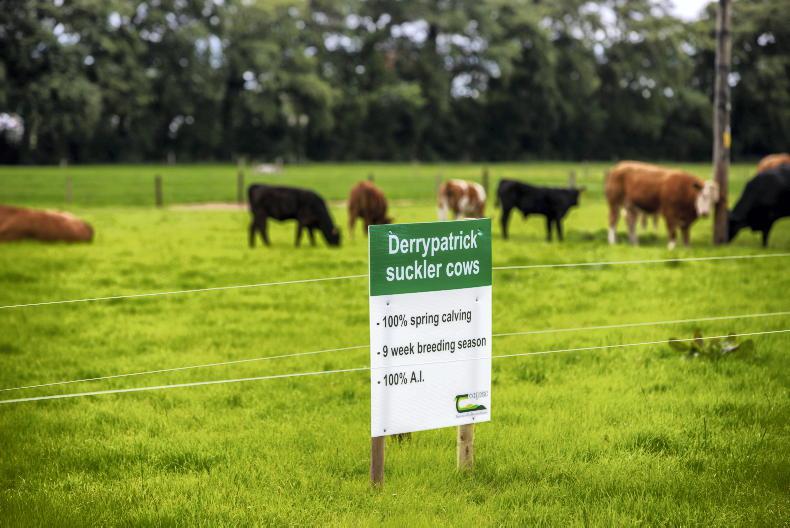
Beef 2022 at Teagasc Grange, Co Meath \ Claire Nash
Teagasc can point to the potential of clover and other such technologies to increase farm productivity without increasing emissions – many of these were also detailed on the day. But the real issue stems from the fact that, on most farms, driving stocking rate per hectare will mean keeping more animals. The increase in livestock numbers required to achieve the targets set out by Teagasc will directly increase greenhouse gas emissions from the sector regardless of how these animals are fed.
The Teagasc work shows these higher-stocked farms to be more efficient in terms of greenhouse gas emission per kilo of beef output. This argument is valid and relevant in terms of meeting the challenge of feeding a rising world population while reducing the environmental footprint globally of food production.
Emissions
But, unfortunately, it is completely irrelevant for as long as the sole focus of Government is on reducing total emissions from the sector, simply to achieve a national emission reduction target. The Teagasc work exposes the extent to which an emission reduction target, aligned to achieving this flawed objective, will affect the potential of suckler farmers to optimise the profitability of their farms if it requires a cap on livestock numbers.
It will certainly be interesting to see the extent to which the farmer-facing advice given by Teagasc this week to increase stocking rates is reflected in the recommendations to come from the newly established Food Vision beef and sheep group – a group charged with examining ways to reduce total emissions associated with the beef sector.
Also, will this highly stocked suckler and beef system be accommodated within the new ACRES environmental scheme?
It was largely dull and overcast at the Teagasc national beef open day this week. However, farmers had a pep in their step with many basking in the sunshine of record weanling and beef prices.
There was a view that these record prices are now the new norm – reinforced by the fact that most of the Teagasc modelling on the economics of the various production systems assumed a base price of €5/kg – a 25% increase on the base price used within the models presented in 2018 at the last open day. Meanwhile, the models assumed a weanling price of €3/kg liveweight.
As Adam Woods reports this week, one of the core messages from the open day was that these higher output prices generated the potential for suckler to weanling systems to return a net margin before direct payments of €309/ha. Weanling to steer beef systems were shown to be capable of returning a net margin between €650 to €1,100 per ha with systems that slaughtered animals earlier delivering the highest profits.
National Farm Survey
These figures are in stark contrast to National Farm Survey (NFS) data presented by Teagasc just a few weeks ago. When the impact of direct payments is stripped out, the NFS data showed the average suckler farmer made a loss of €126/ha with cattle finishers making a net margin of just €23/ha.
While higher weanling/beef prices had an impact, the key factor driving the increased profitability of the Teagasc model versus what was the reality on farms in 2021 is stocking rate. In the modelling presented by Teagasc this week, the systems were stocked at around 2.4 livestock units per hectare and therefore in nitrates derogation. This is almost twice the average stocking rate on the 50,000 suckler/finishing farms participating in the NFS.
Double stocking rates
Therefore, one of the core messages from Teagasc to the vast majority of suckler and beef farmers is that in order to drive the profitability of their farms and reduce reliance on CAP payments, they should effectively double their stocking rate – so keep more cows and finish more animals per hectare.
At a pure economic level, few could argue with this advice. The Teagasc figures show that with a good beef price and policy landscape that allows for farmers to optimise the output of their farms, suckler beef production can be profitable. This should be welcomed.
Weakening demand
But how future-proof is the message? In the context of post-Brexit trade deals affecting the British beef market, the impact of CAP reform and with reports already that higher prices are weakening consumer demand for high-priced steaking cuts, are we right to assume a base price of €5/kg as the new norm? While no doubt it is justified, as we have seen from the pig sector, market prices do not always follow on-farm production costs. But perhaps a more fundamental question is where does the Teagasc advice to drive stocking rate sit within the context of sectoral emission reduction targets – which could possibly be announced by Government within the coming days?

Beef 2022 at Teagasc Grange, Co Meath \ Claire Nash
Teagasc can point to the potential of clover and other such technologies to increase farm productivity without increasing emissions – many of these were also detailed on the day. But the real issue stems from the fact that, on most farms, driving stocking rate per hectare will mean keeping more animals. The increase in livestock numbers required to achieve the targets set out by Teagasc will directly increase greenhouse gas emissions from the sector regardless of how these animals are fed.
The Teagasc work shows these higher-stocked farms to be more efficient in terms of greenhouse gas emission per kilo of beef output. This argument is valid and relevant in terms of meeting the challenge of feeding a rising world population while reducing the environmental footprint globally of food production.
Emissions
But, unfortunately, it is completely irrelevant for as long as the sole focus of Government is on reducing total emissions from the sector, simply to achieve a national emission reduction target. The Teagasc work exposes the extent to which an emission reduction target, aligned to achieving this flawed objective, will affect the potential of suckler farmers to optimise the profitability of their farms if it requires a cap on livestock numbers.
It will certainly be interesting to see the extent to which the farmer-facing advice given by Teagasc this week to increase stocking rates is reflected in the recommendations to come from the newly established Food Vision beef and sheep group – a group charged with examining ways to reduce total emissions associated with the beef sector.
Also, will this highly stocked suckler and beef system be accommodated within the new ACRES environmental scheme?







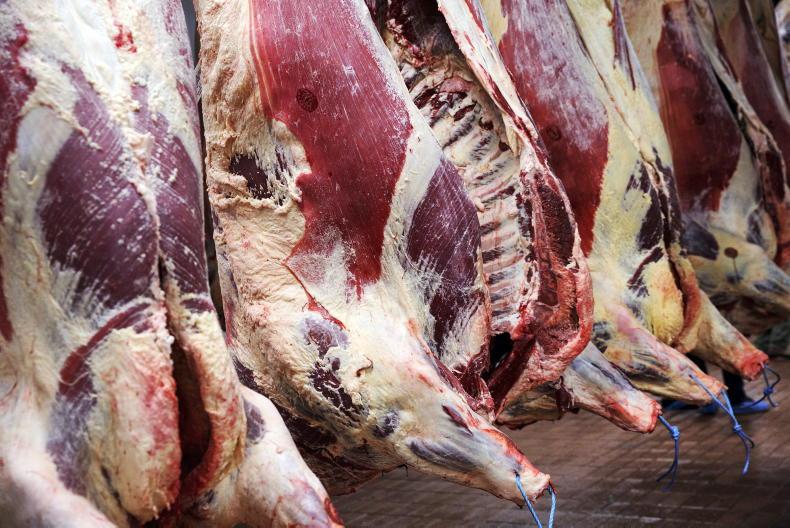

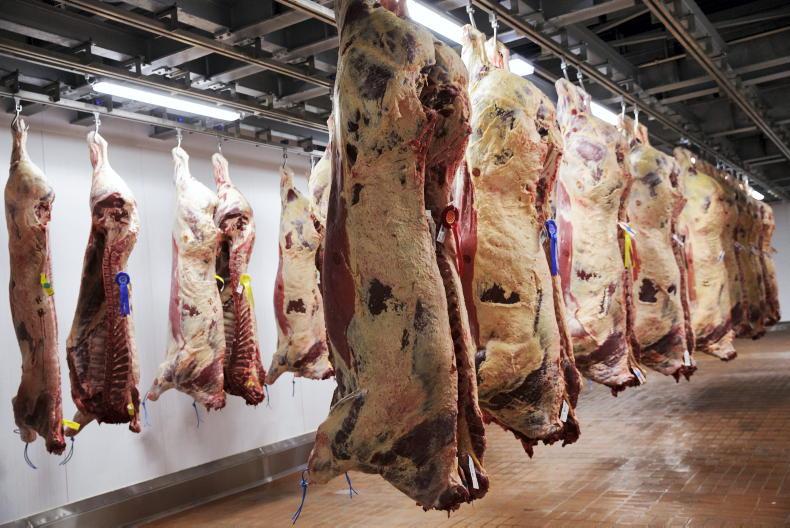
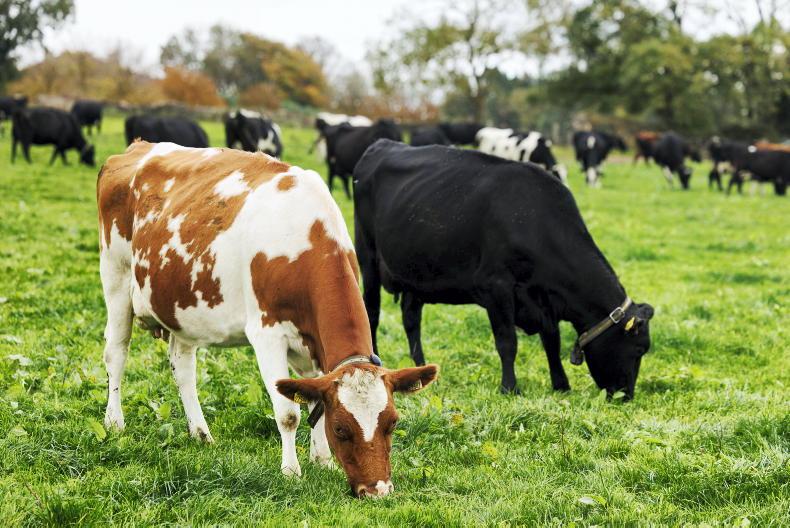
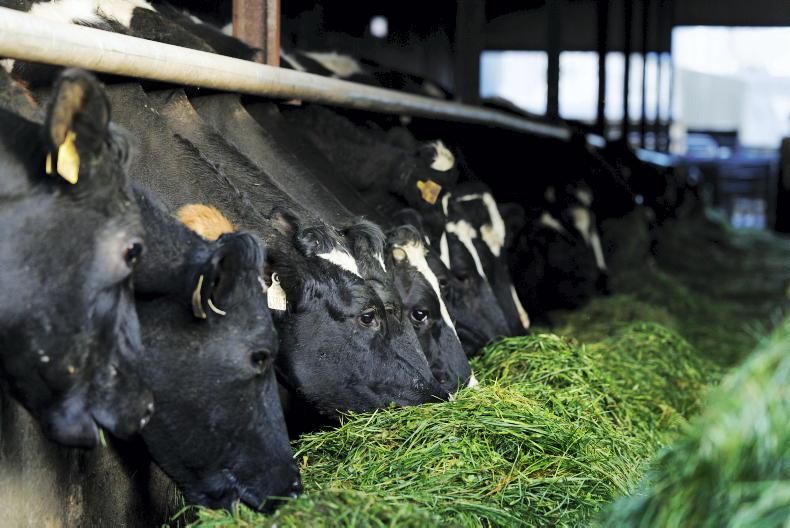
SHARING OPTIONS